This astonishing Asteroid has a Moon; NASA's Lucy Mission discovers
NASA Lucy Mission has found an asteroid that has its own Moon. Here’s more about it.

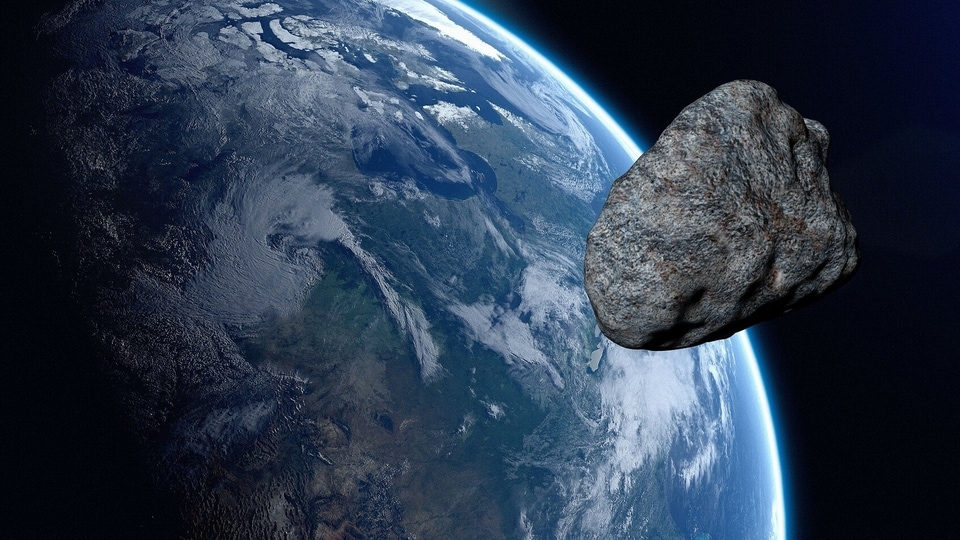
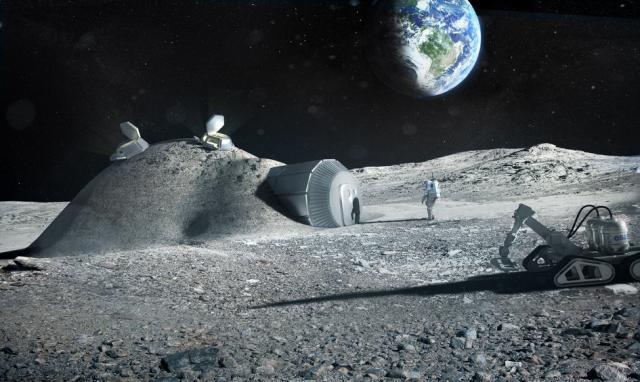

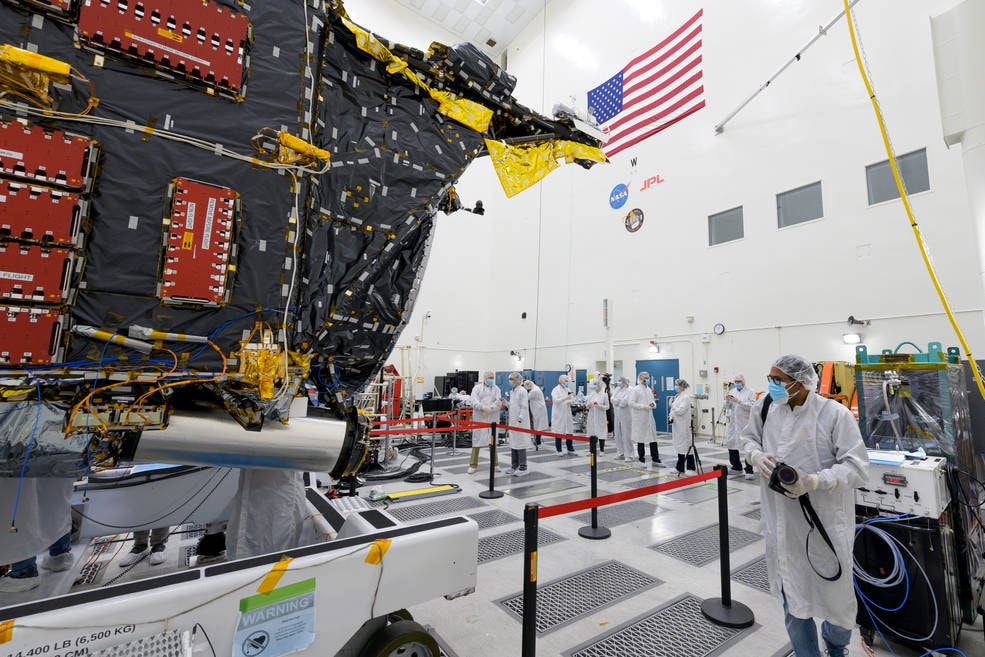
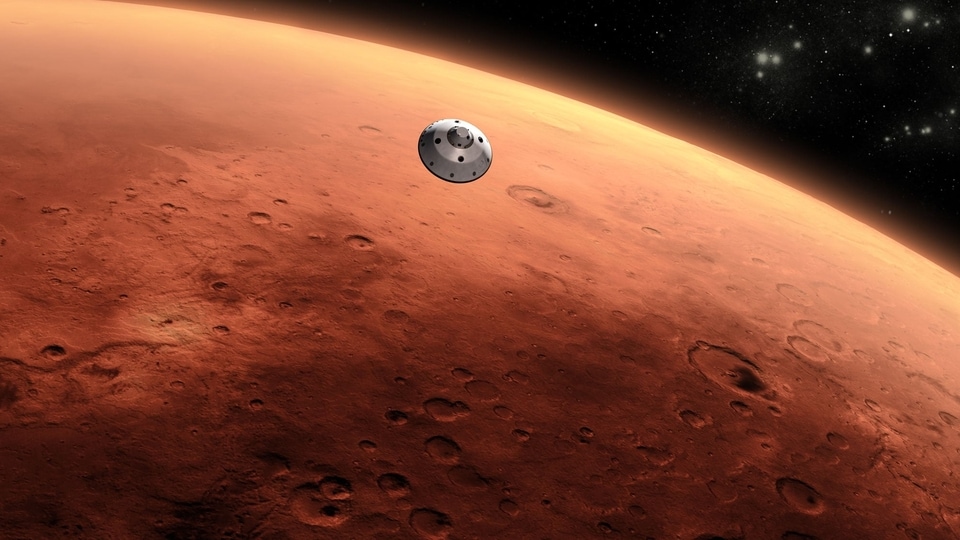
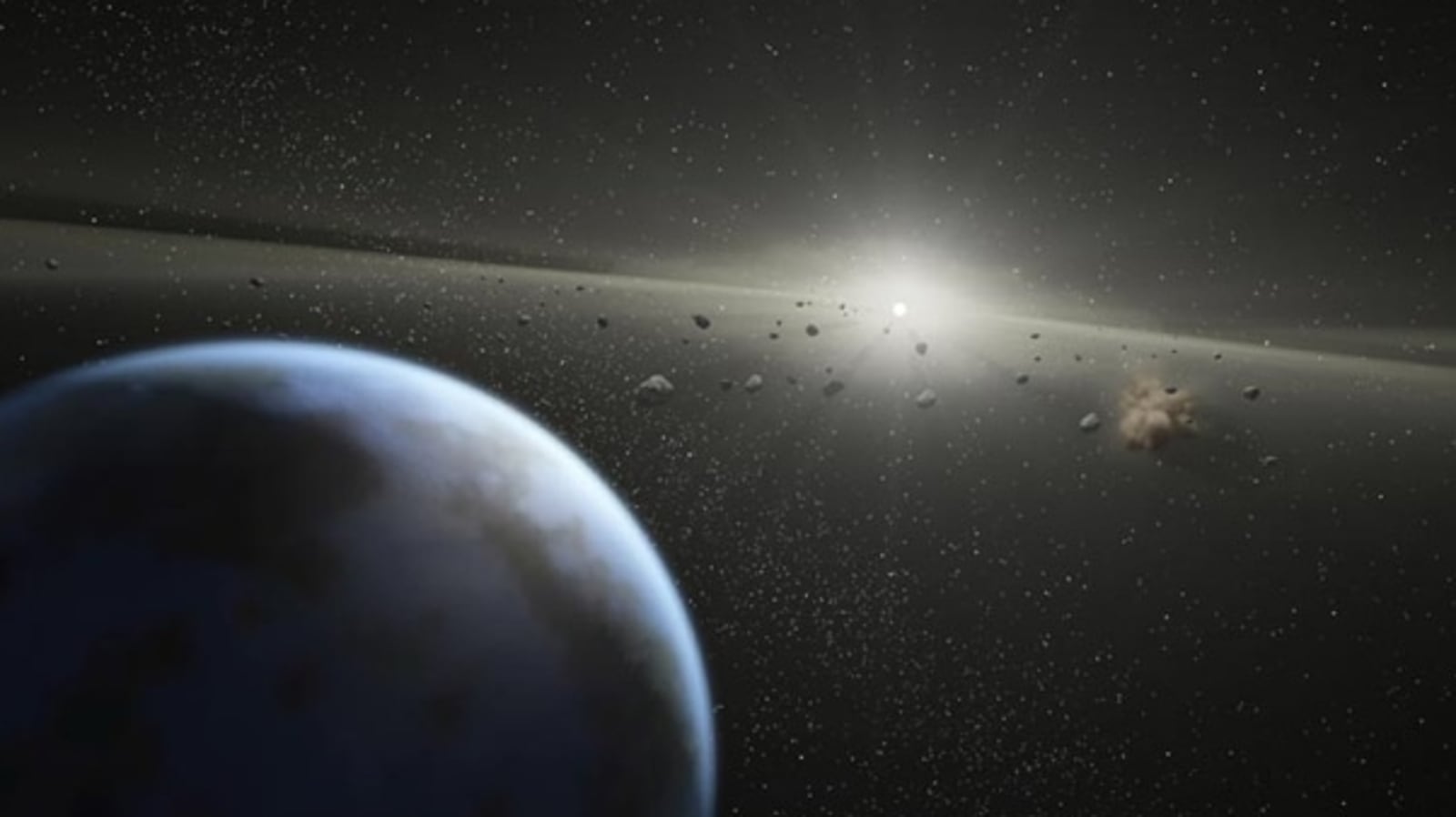
 View all Images
View all ImagesNASA's Lucy Mission has made an astonishing discovery. This trojan asteroid-seeking spacecraft discovered an asteroid called Polymele that has its own satellite. The day this discovery was made, the Lucy Mission team were planning to study the occultation of the star as the asteroid passed around it. The team itself was divided into 26 teams to measure the location, size, and shape of Polymele with precision while it was outlined by the star behind it, according to NASA.
Marc Buie, Lucy occultation science lead at the Southwest Research Institute said, “We were thrilled that 14 teams reported observing the star blink out as it passed behind the asteroid, but as we analyzed the data, we saw that two of the observations were not like the others.”
“Those two observers detected an object around 200 km (about 124 miles) away from Polymele. It had to be a satellite.” Polymele's satellite is roughly 5 miles in diameter orbiting the asteroid about 200 kilometers from the asteroid. The asteroid itself is almost 17 miles in diameter and is nearly 480 million miles from Earth.
What is Lucy Mission?
NASA launched its Lucy spacecraft on Oct. 16, 2021 from the Kennedy Space Center in Cape Canaveral, Florida. This was NASA's first space mission to study the Trojans, a group of asteroids which orbit the Sun in two groups, according to NASA. It was built to seek out trojan asteroids millions of miles from Earth.
According to NASA, the Lucy spacecraft was initially destined to visit 1 asteroid belt and 6 asteroids. However, in January 2021, the team used the Hubble Space Telescope and discovered that one of the asteroids had its own satellite. So, Lucy spacecraft is now on course to visit 9 asteroids during its 12-year journey.
Lucy program scientist Tom Statler at NASA Headquarters in Washington said, “Lucy's tagline started out: 12 years, seven asteroids, one spacecraft. We keep having to change the tagline for this mission, but that's a good problem to have.”
Catch all the Latest Tech News, Mobile News, Laptop News, Gaming news, Wearables News , How To News, also keep up with us on Whatsapp channel,Twitter, Facebook, Google News, and Instagram. For our latest videos, subscribe to our YouTube channel.





























